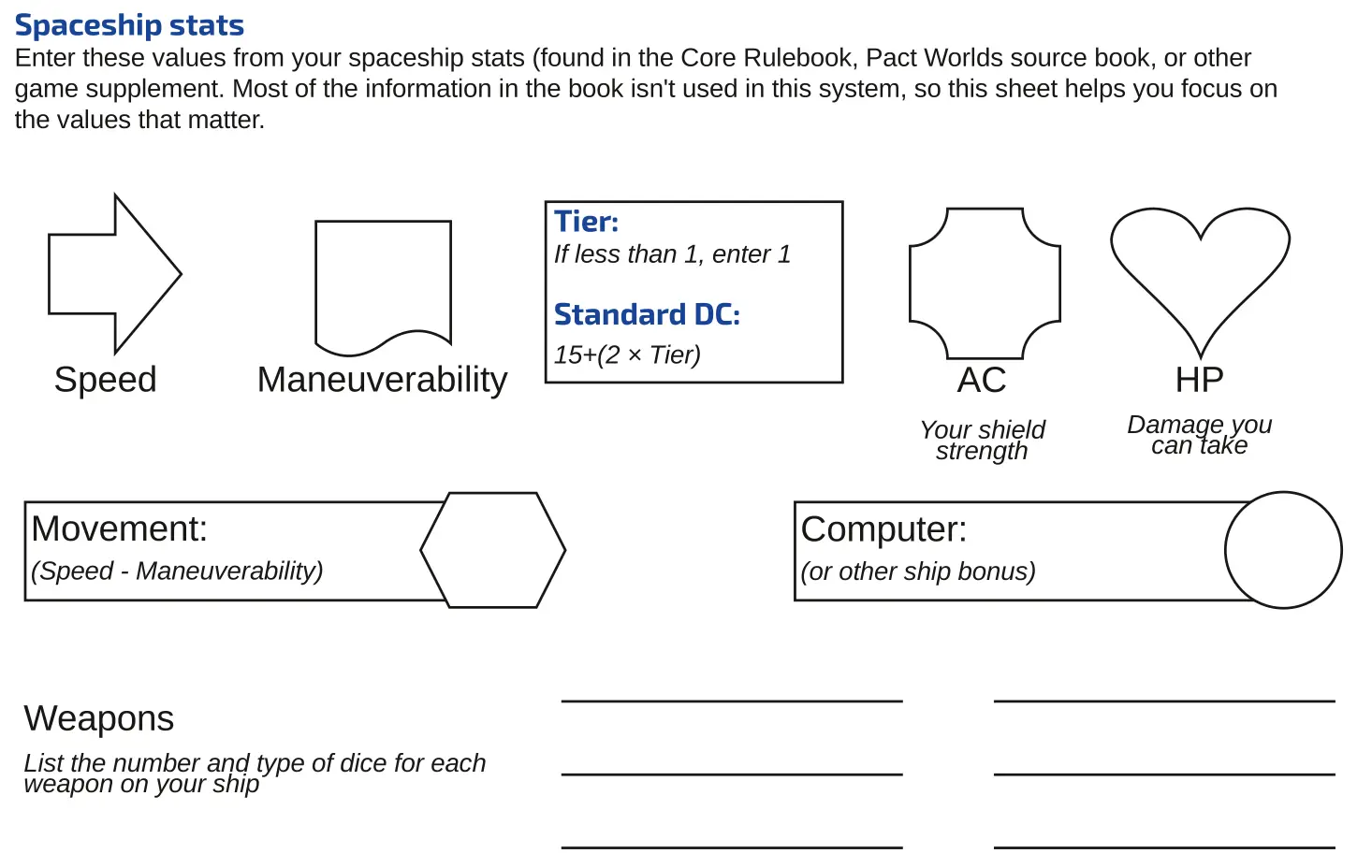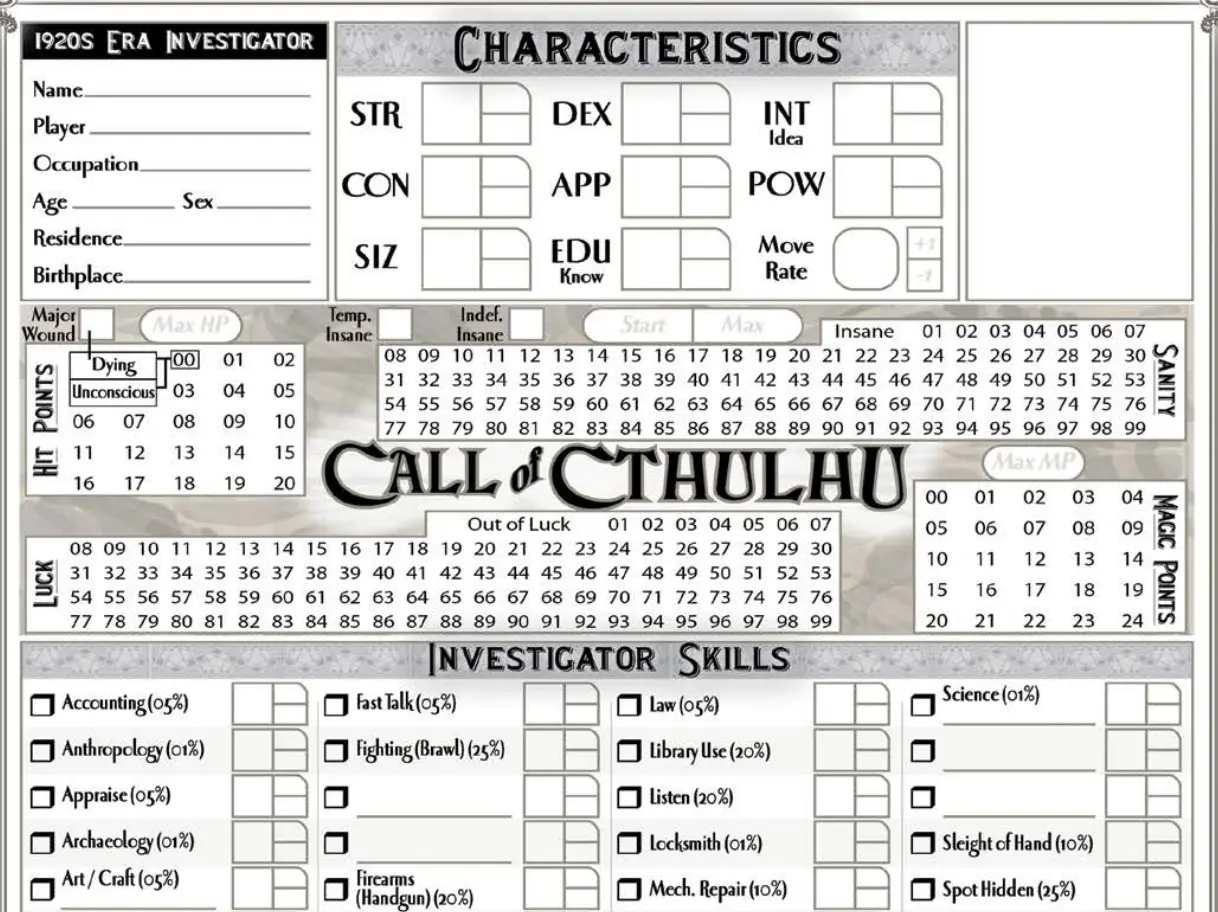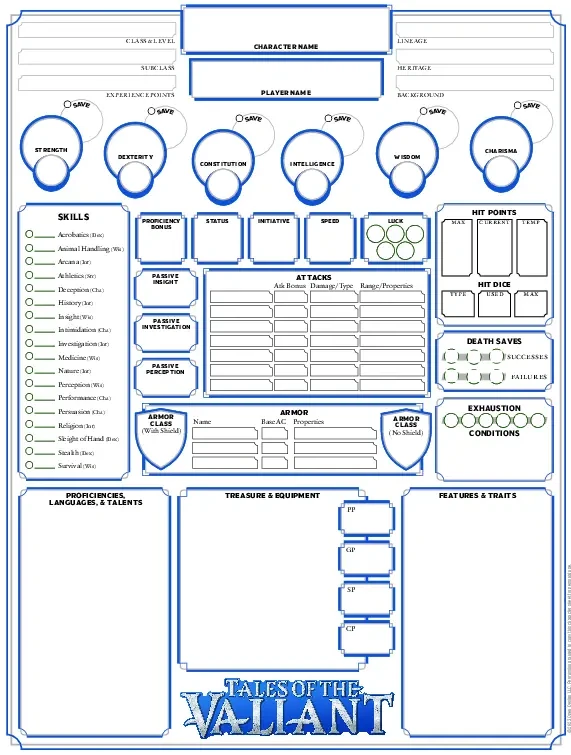In response to Wizards of the Coast's morbid efforts to erode the stability of fantasy roleplaying games, there's a (successfully funded) Kickstarter for Tales of the Valiant. Inspired by the D&D system reference document (SRD), Tales of the Valiant is a project by Kobold Press that improves upon, and maintains compatibility with, 5th Edition. It offers greater licensing flexibility than 5e, and places the care of a "Core Fantasy" system with a company that has notably NOT worked to undermine the RPG community.
You might think that Wizards of the Coast has repented for its attempts to steal D&D from its community. But their latest announcement that they were raising the price of their books feels an awful lot like an attempt to discourage players from investing in hard copies of books for a game that the company is trying to move into a digital-only model. Wizards of the Coast's business model is to lie to its customers, and sadly it seems that that's been the case since 4th Edition, a few brief relapses into honesty notwithstanding. There's little hope for WOTC as a company, but there's great hope for OpenDND. Tales of the Valiant is funded, and it's looking great.
Character sheet
A roleplaying game's character sheet says a lot about the game. Not everything a character sheet suggests about a game is necessarily definitive, but it's always fun to look at a character sheet and think about why it looks the way it does.
For instance, my simple rules for Starship Combat in Starfinder uses a ship "character" sheet that's just half a page.

It's not rocket science (although it is rocket fighting). The simple character sheet reflects how simple the system is. Not much to think about, not much to track.
The character sheet for Call of Cthulhu looks a little complex, with lots of fields for numbers and calculations.

Most significantly, most fields are split into three parts, which indicates that most attributes of a character have three facets (in this case, it's full value for a normal test, half-value for a hard test, and a one-fifth value for an impossible test).
So what does the character sheet of Tales of the Valiant say about the game?
Tales of the Valiant character sheet
Here's the official character sheet for Tales of the Valiant.

- Header and footer: The top and bottom of the character sheet have relatively huge spaces for the player and character names, and the "Tales of the Valiant" wordmark. This says the designer's not hurting for space, which is a great sign. That's space you as a player don't need to worry about filling with attribute values from complex maths or reference charts.
- Attributes and save: The six main attributes that form the core mechanic of OpenDND are prominently laid out across the top of the character sheet. Along with these numbers and the derivative Saving Throw values, which just makes sense.
- Skills: Same old skills as Fifth Edition. Nothing new to learn here.
- Special attributes: Your proficiency bonus, initiative bonus, speed, luck, passive insight and investigation and perception scores are in the middle of the character in boxes. This helps visually differentiate them from your core Attributes (which are in circles). These do betray a little "crunch" in the game, and as a Game Master the "passive" scores make me nervous because I dislike having to remember or reference player attributes.
- HP, death, and exhaustion: Health scores are together, in one place, off to the side. In the 5e character sheet, this (and much more) was relegated to Bonds, Ideals, and Flaws, which nobody every used.
- Weapons and gear: The rest of the character sheet accurately reflects what a game of OpenDND is actually about: looting and fighting. List your gear and special talents and gear here. There's no math required, it's just copying stuff down from the book when you build your character, and add to it as you play.
This is, to me, a vast improvement over the 5e character sheet. It features what's actually important to the game, but remains uncluttered. It's not like Pathfinder 2e's character sheet, which looks more like the visual representation of a relational database (Well, that's actually exactly what a character sheet is, but it arguably shouldn't look like it). There's still a lot to this character sheet, which I think is fair. OpenDND 5e has never been as light on rules as its character sheet pretends, so I think Tales of the Valiant is a little more realistic in that sense.
The real improvement, to be blunt, is the removal of the Ideals, Flaws, and Bonds (and that fourth one that I can never remember). I like the idea of those a lot, but the Wizards of the Coast team never really leaned into it as much as I think they needed to in order to make it a thing. I always tried to make it a thing, but every time I would bring up someone's Bond or Ideal, I'd have to remind them that it even existed. And besides, it doesn't seem fair to hold a player to an Ideal or Bond they invented during character creation before they "knew" their character. I don't think it's a broken system, I just think it's a system that never quite worked, or at least not universally.
Tales of the character sheet
All in all, I think the Tales of the Valiant character sheet accurately suggests a game with an easy character build process, a game that has plenty of room for character growth, and one with relatively few calculated values. As I've said, I think that keeping and even expanding "passive" attributes is a disservice to the Game Master. Personally, I'd rather just have a flat value plus proficiency. Sure, that's a disservice to rangers and rogues, but it doesn't really come up all that often anyway. When it really really matters is combat, and for that you could just exempt certain character classes from being surprised.
Other than that complaint, I really like what I see. I was already excited to play Tales of the Valiant, and seeing the character sheet is another reassurance that this isn't just 5e. This is 5e from a company that puts thought and care into its products, and places the interests of its community first.
Project Black Flag art by Kobold Press and used in accordance with its community use policy.